Sign up for our newsletter!
Your data will be handled in compliance with our privacy policy.
Your data will be handled in compliance with our privacy policy.

One of the world's largest vehicle manufacturers is testing custom-made prototypes of a cell material that can significantly reduce the amount of iridium in an electrolyzer cell. The custom-made prototypes delivered by the subsidiary Smoltek Hydrogen have the potential to reduce the iridium load in electrolyzer cells by 95% compared to today's commercial materials, which is a prerequisite for large-scale production of fossil-free hydrogen.

Smoltek Hydrogen has produced hydrogen, for 1,000 hours with a catalyst load of only 0.2 milligrams of iridium/cm2, without any breakdown of the nanostructure in the cell having occurred.
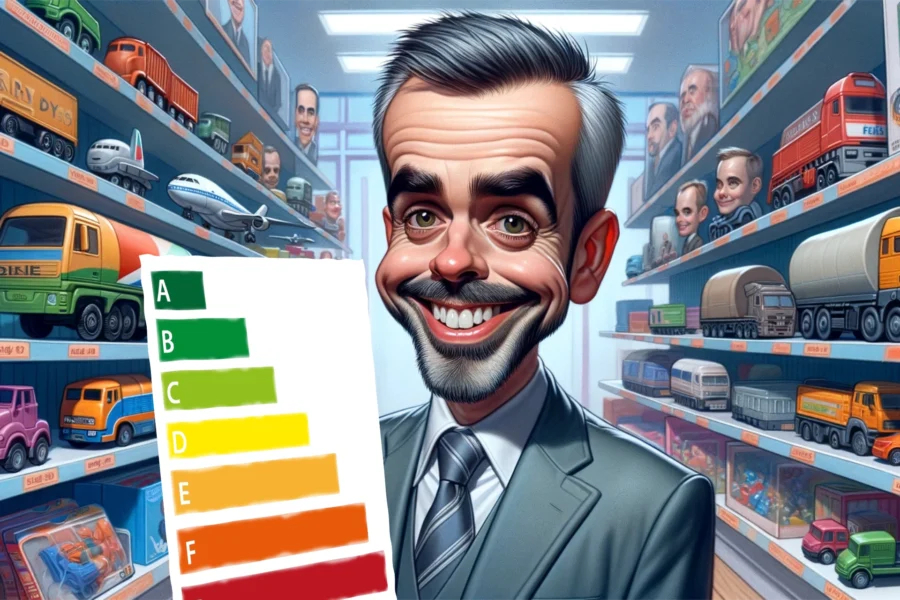
Clean hydrogen is essential to limit global warming to below 2°C. Despite the influx of funding, widespread adoption is difficult due to the limited availability of green electricity. Michael Liebreich suggests prioritizing applications via his Hydrogen Ladder framework. In this blog post we explore its implications.

Clean hydrogen is on the rise. In many areas, it’s one of the few, if not the only, viable solutions to reduce CO2 emissions. The areas of use are many and varied. Providing a complete list is impossible, as new applications are emerging almost daily. To give you a sense of how diverse the market is, this post describes the five key areas of hydrogen applications, first at a glance and then in more detail. The post ends with a selection of applications from the different areas.

Fertilizer production requires large amounts of hydrogen. Today, 95 percent of this hydrogen is produced from fossil fuels, leading to colossal greenhouse gas emissions of CO₂. To save the Earth from more than 2 °C of global warming, politicians are using economic incentives to get the fertilizer industry to switch from fossil hydrogen to clean hydrogen produced by electrolyzers. This makes the fertilizer industry one of the largest markets for electrolyzers. In this blog post, we take a closer look at this little-known market, which, given its size, is more interesting than many of the more well-known ones.
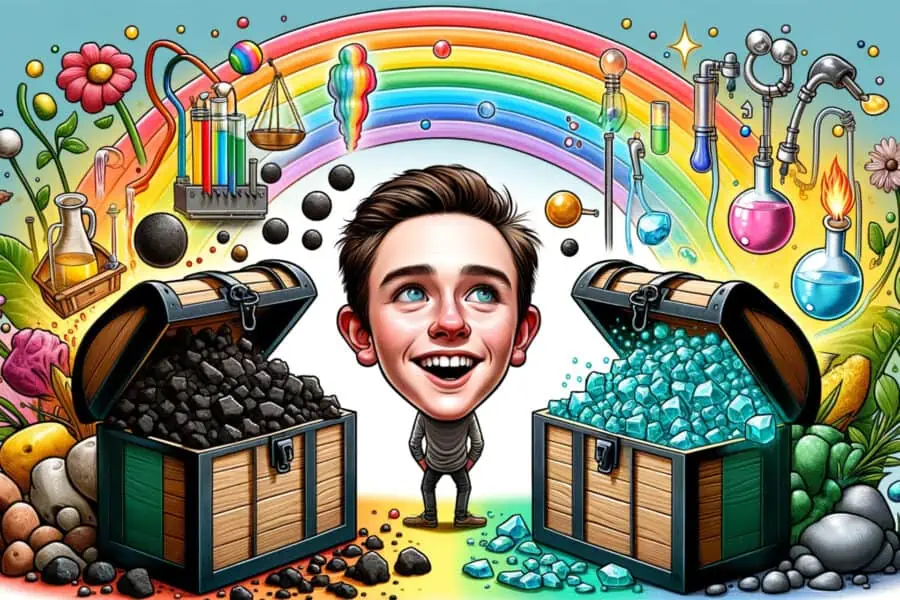
Hydrogen can be produced in many different ways and from different feedstocks. The choice of method and feedstock gives rise to more or less greenhouse gas emissions. In the general discourse on hydrogen and climate change, it is essential to distinguish between different types of hydrogen. As a result, systems have emerged to classify hydrogen, the most commonly known and used being colors. However, the European Commission has introduced one that focuses more on emissions. This tech brief explains the two systems.
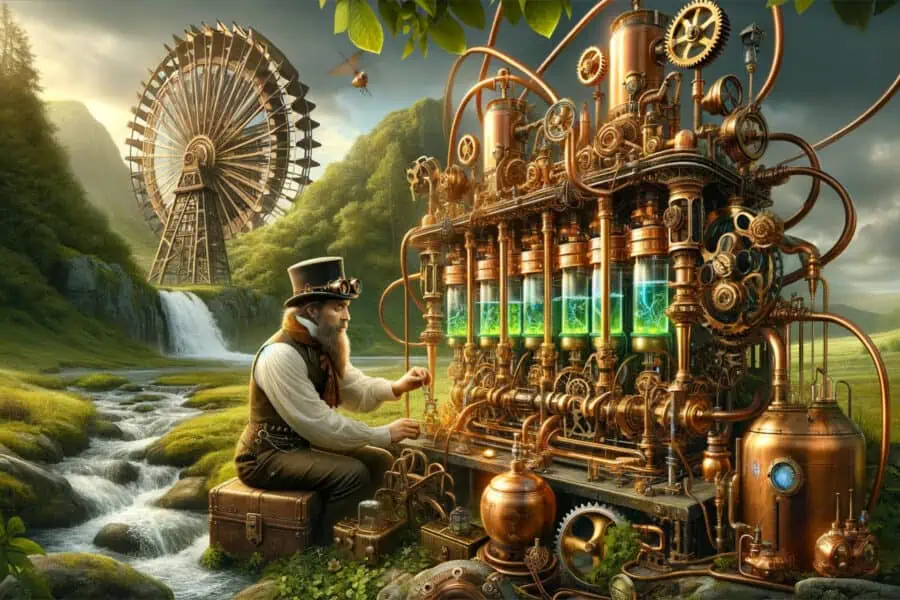
How does Smoltek's hydrogen business division compare with other PEM electrolyzer players? Smoltek Hydrogen’s president, Ellinor Ehrnberg, attended the 244th ECS meeting in Gothenburg and has the answer. In this interview, she also talks about the challenges of the industry and ways to deal with them.
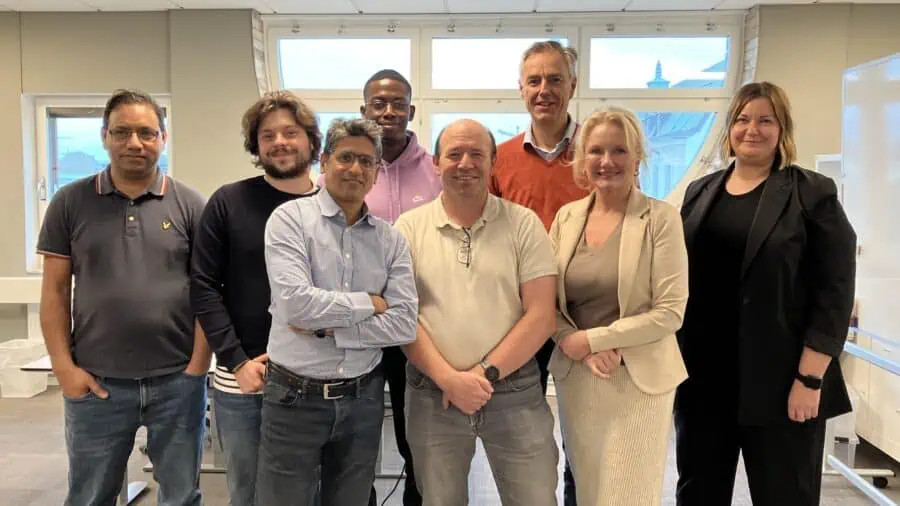
Smoltek Hydrogen has placed an order for the design and engineering of a Prototype Coater for industrial growth of carbon nanostructures. The purpose is to verify that the nanostructures can be grown using the equipment from AGC Plasma Technology Solutions that has been selected for future mass production – a Plasma Enhanced Chemical Vapor Deposition (PECVD) tool that can be configured for substrates of several square meters.
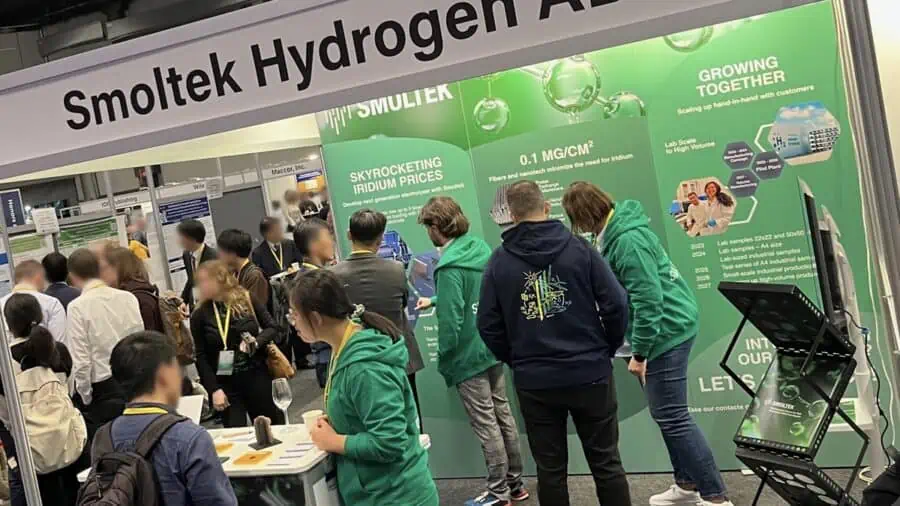
Smoltek Hydrogen attended the 244th ECS event in Gothenburg, October 8-12. This was a perfect venue to introduce our new material for electrolyzers to potential customers. The message was that now we are ready to engage in product development projects with electrolyzer companies.
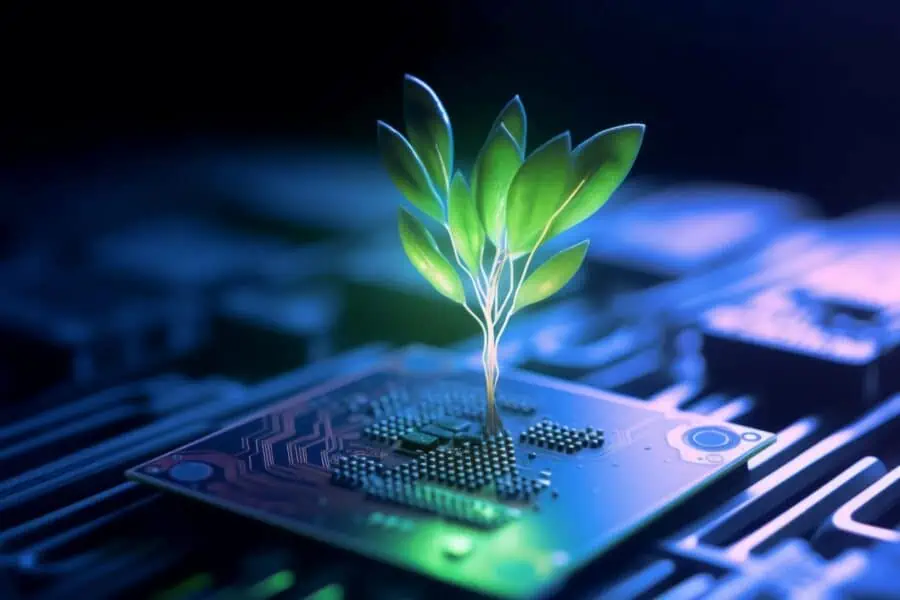
Håkan Persson, CEO of Smoltek, talked at the one-day conference Aktiedagen Lund organized by Aktiespararna (the Swedish Shareholders’ Association). His presentation offered some news and insights that are worth exploring further. So, let’s follow up with some questions for Håkan.
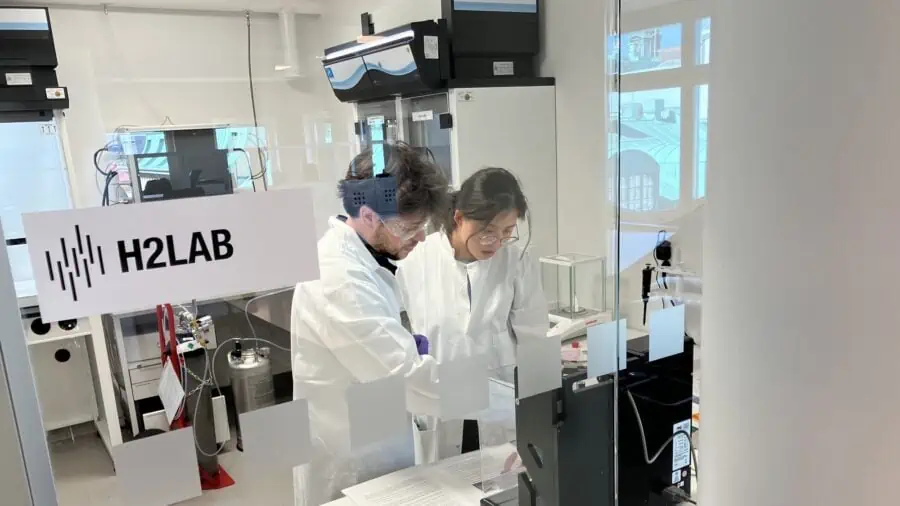
Efficient use of iridium can boost green hydrogen production in this decade and Smoltek Hydrogen wants to seize the opportunity by offering a nanostructured porous transport electrode that reduces cost and optimizes use of the critical anode catalyst in PEM electrolysis cells.

We are pleased to announce that from today Sankar Sasidharan, PhD, has joined Smoltek, thanks to a prestigious industrial postdoc grant from WISE - Wallenberg Initiative for Sustainable Material Science.